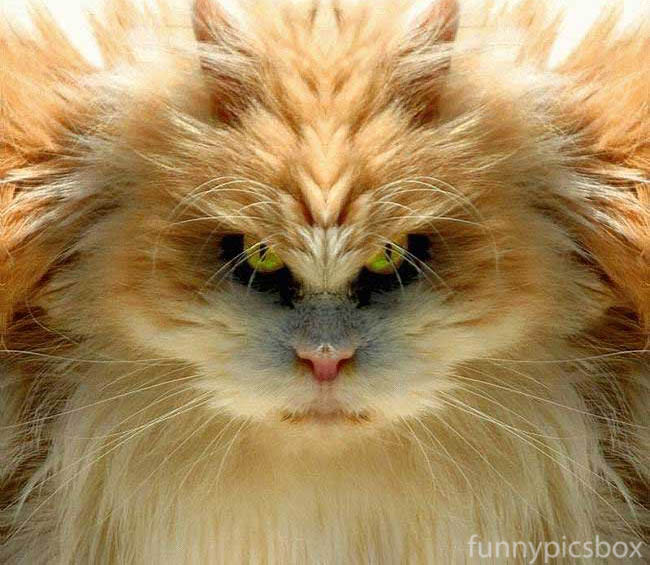
Cat litter and litter boxes play a critical function in the lives of both cats and their owners. From the simple starts of sand and soil to the ingenious developments of today, the world of cat litter has actually progressed significantly. In this extensive guide, we dig into every element of cat litter and litter boxes, exploring their history, types, advantages, challenges, and everything in between.
The history of cat litter dates back centuries, with ancient civilizations using sand, soil, and even ashes as primitive litter products. Nevertheless, it wasn't up until the mid-20th century that modern-day cat litter as we understand it emerged. In 1947, Edward Lowe introduced the world's very first commercial cat litter made from absorbent clay, revolutionizing the way cats relieved themselves inside your home. Ever since, cat litter has actually gone through various changes, with the introduction of clumping litter, silica gel litter, naturally degradable choices, and more.
Today, cat owners are spoiled for choice when it comes to selecting the right litter for their feline companions. Traditional clay litter remains popular for its price and efficiency in taking in odors. Clumping litter, which forms solid clumps when wet, simplifies cleaning and upkeep. Silica gel litter, made up of extremely absorbent silica crystals, offers superior odor control and durability. Eco-friendly alternatives, such as recycled paper, wood pellets, corn, and wheat, attract environmentally conscious customers.
Each kind of cat litter provides unique advantages. Clay litter stands out in its capability to absorb moisture and control smells, making it a reliable option for lots of feline owners. Clumping litter simplifies daily scooping and extends the time between cat litter robot complete litter modifications. Silica gel litter provides exceptional smell control and can last longer in between replacements. Naturally degradable litters offer a sustainable option that lessens environmental impact.
While cat litter improves indoor feline hygiene, it is not without its obstacles. Dust from clay litter can posture respiratory threats for both cats and humans, triggering the appeal of dust-free alternatives. Some felines might establish litter box hostility due to problems with texture, scent, or tidiness, necessitating experimentation with various litters and box configurations. Multi-cat families might require tactical litter box positioning and regular maintenance to avoid territorial conflicts and ensure all felines have access to clean centers.
Choosing the proper litter box is necessary for promoting positive litter box routines and general feline wellness. Elements to think about include size, accessibility, and style preferences. Covered litter boxes provide personal privacy and help include odors, but some cats might find them restricting or daunting. Open-top litter boxes provide simple gain access to and visibility however may result in more litter scatter. Automatic self-cleaning litter boxes enhance maintenance however need routine monitoring and maintenance.
Correct litter box upkeep is crucial for guaranteeing a tidy and inviting environment for both felines and their owners. Daily scooping removes waste without delay, reducing smell and discouraging litter box hostility. Regular litter Wood Cat Litter replacement, generally every 1-2 weeks, avoids bacterial accumulation and maintains optimum absorbency. Thorough cleaning with mild cleaning agent and water, preventing harsh chemicals that may discourage felines from utilizing package, should be performed monthly.
Cat litter and litter boxes play a main function in cultivating a healthy and unified relationship between felines and their human companions. With a diverse range of litter choices and litter box styles readily available, feline owners have the flexibility to tailor their choices to fit their cats' choices and family needs. By understanding the evolution, types, benefits, and challenges of cat litter and litter boxes, animal owners can offer their feline pals with a comfy and sanitary cat litter alternatives indoor environment.